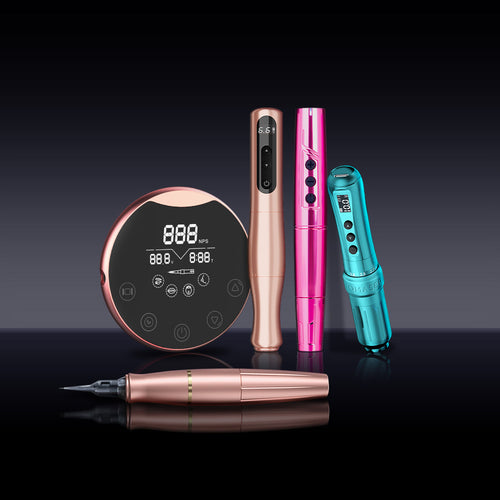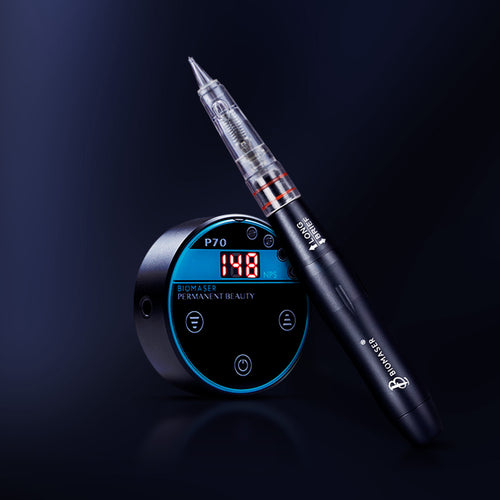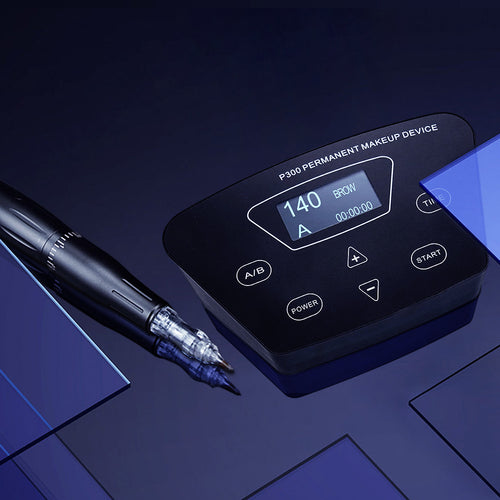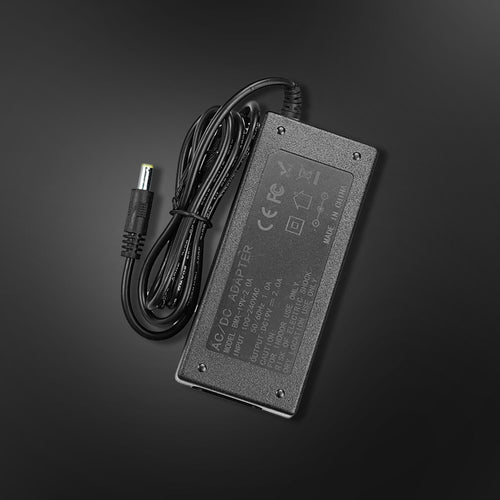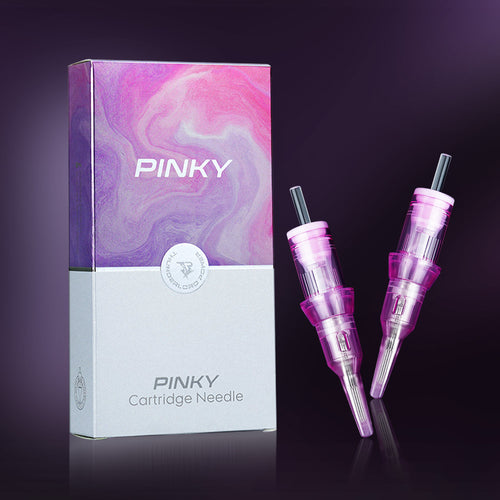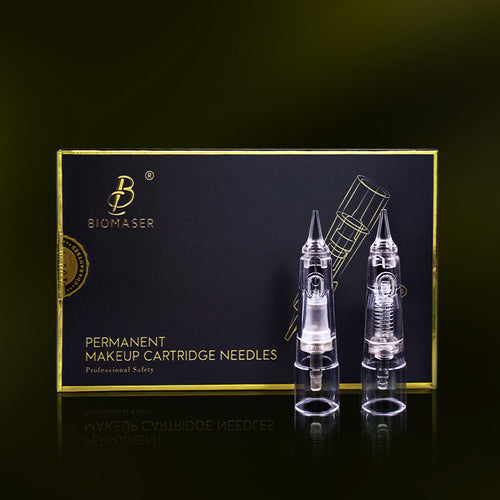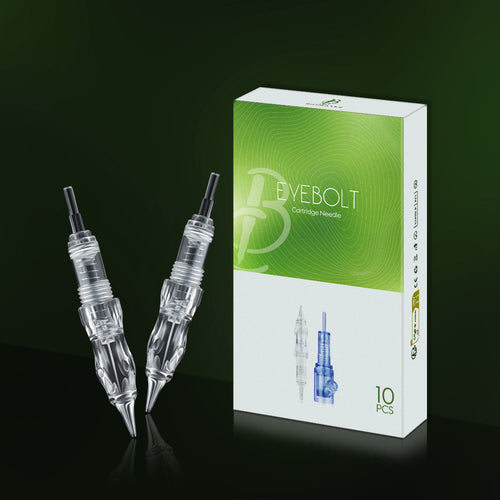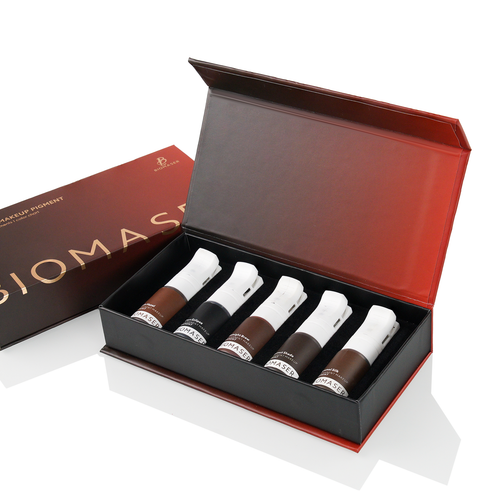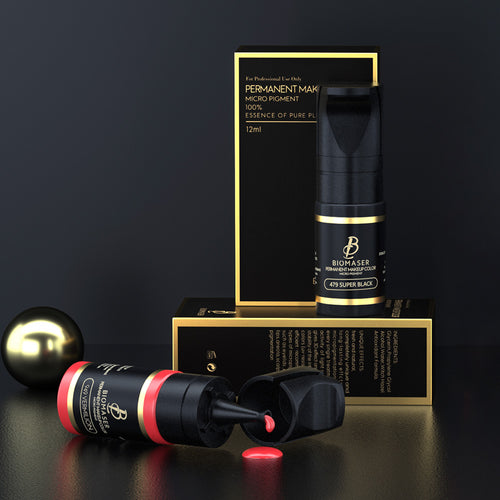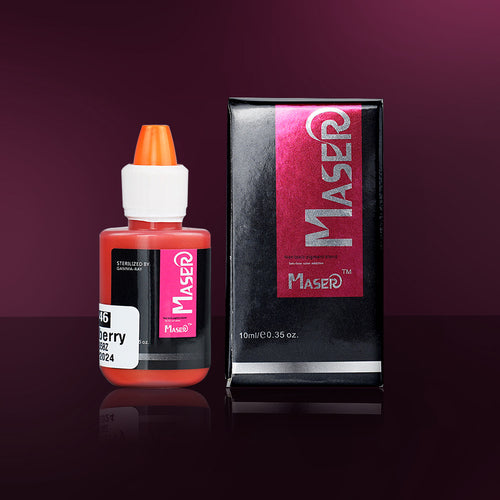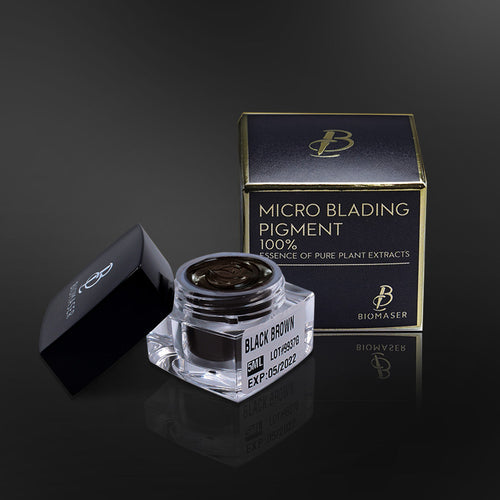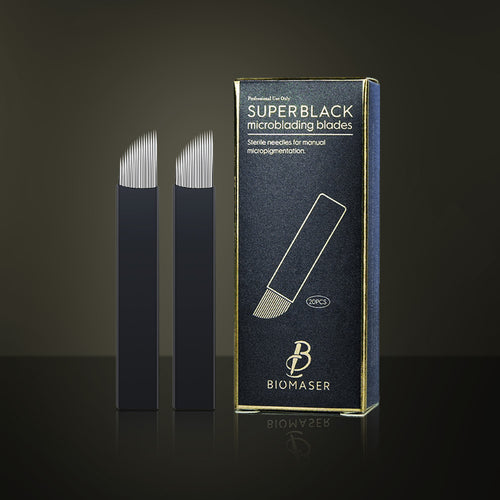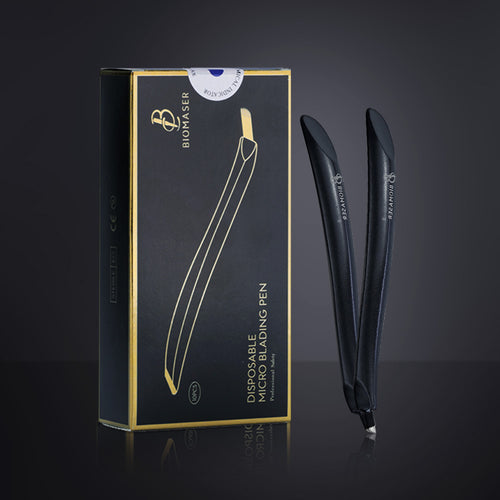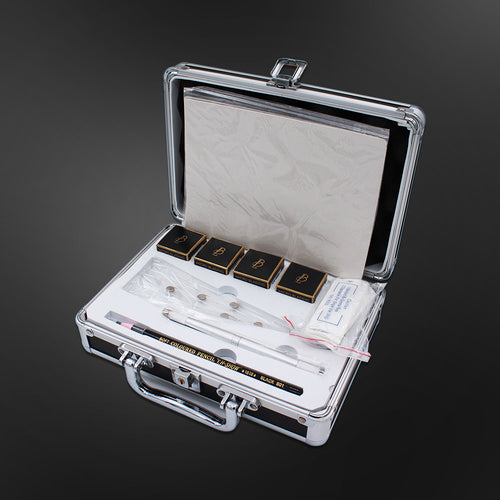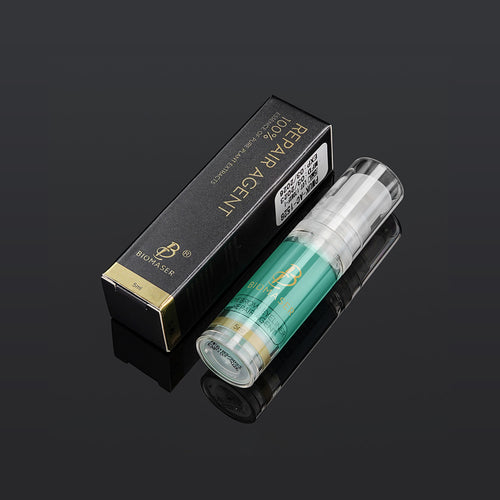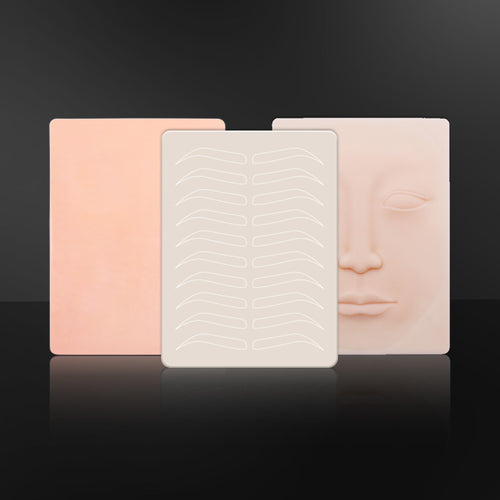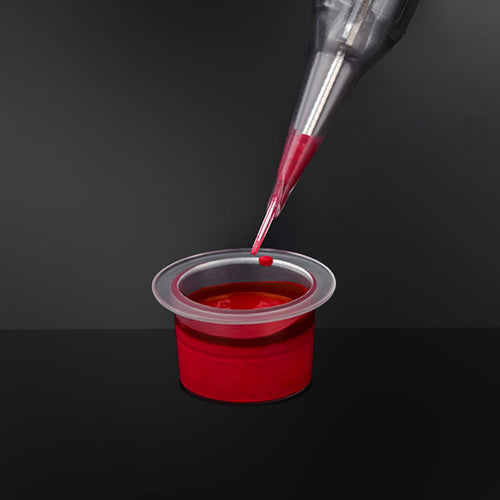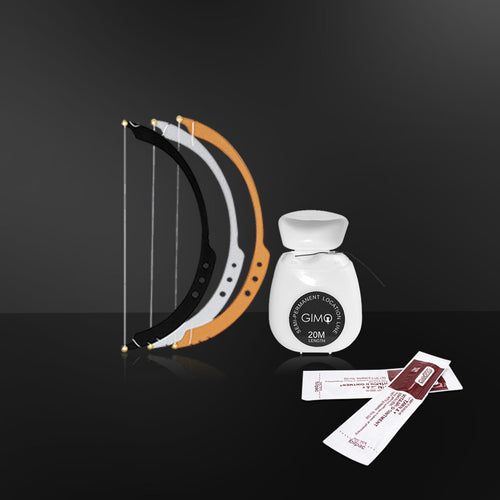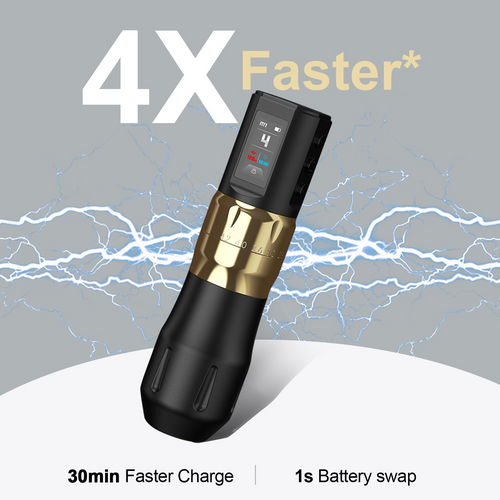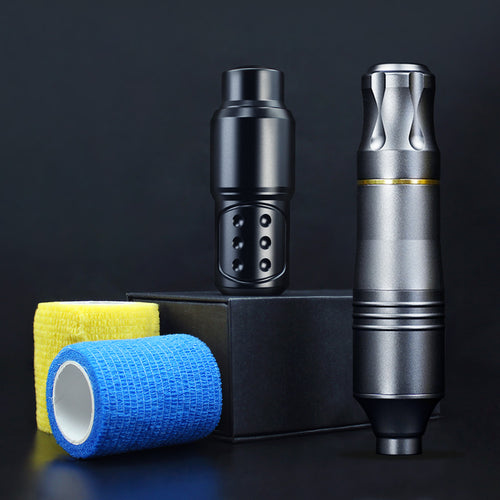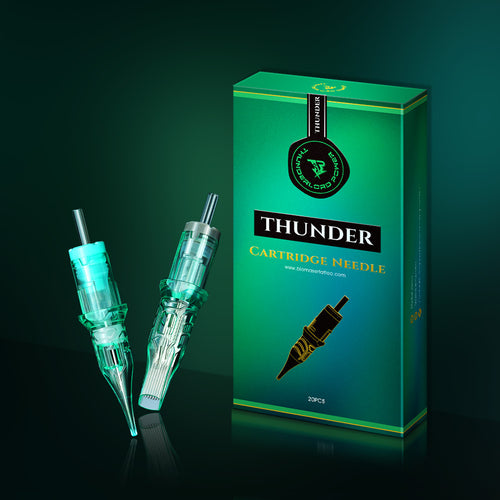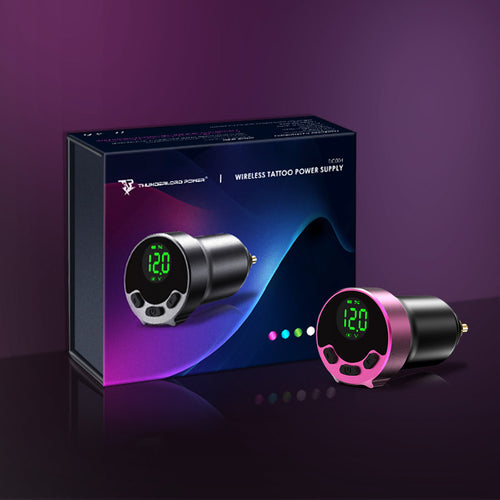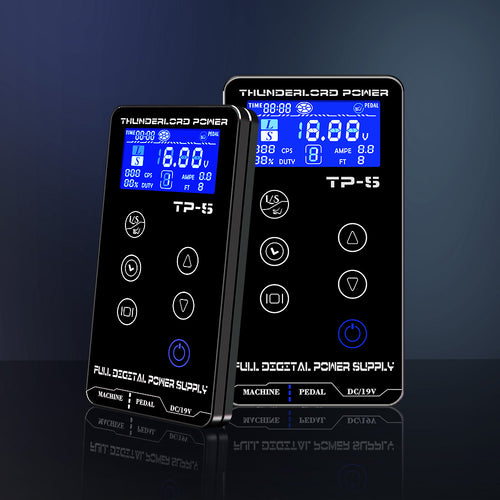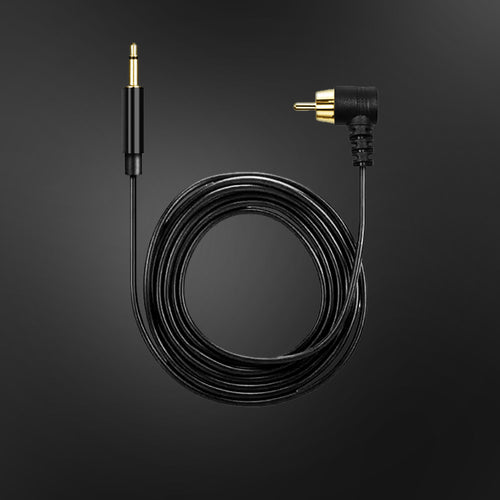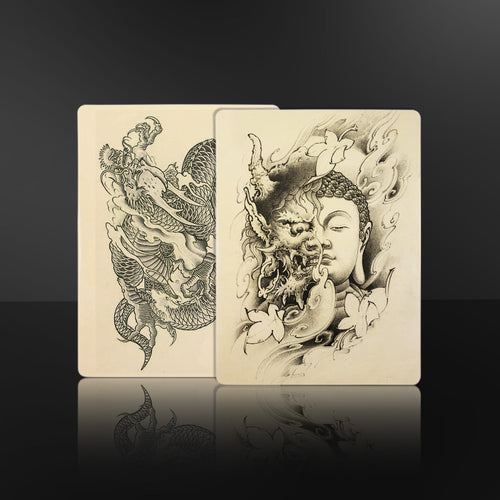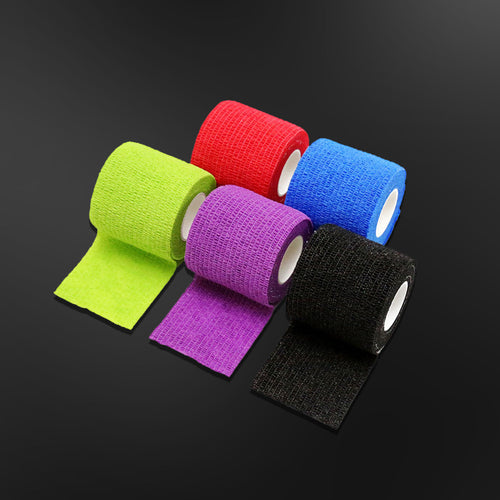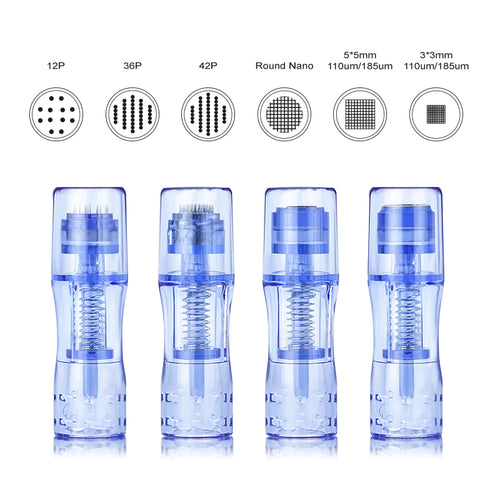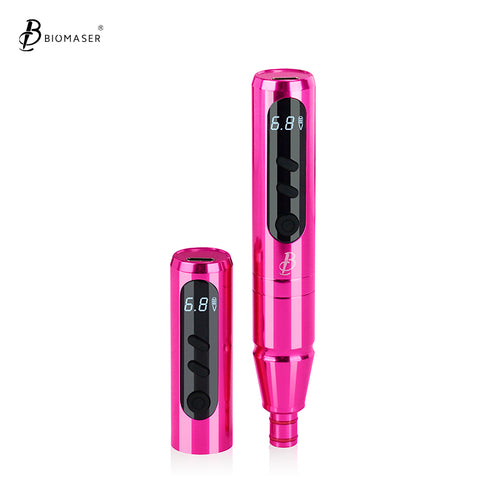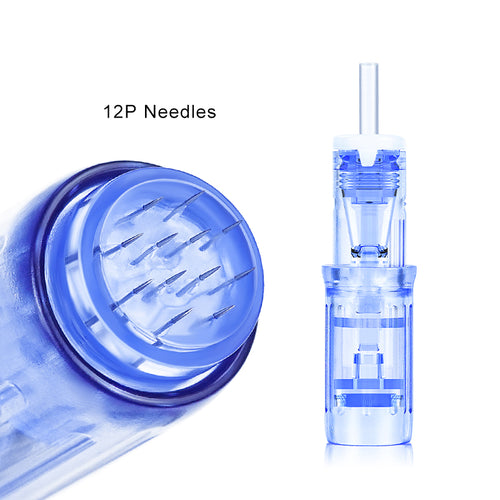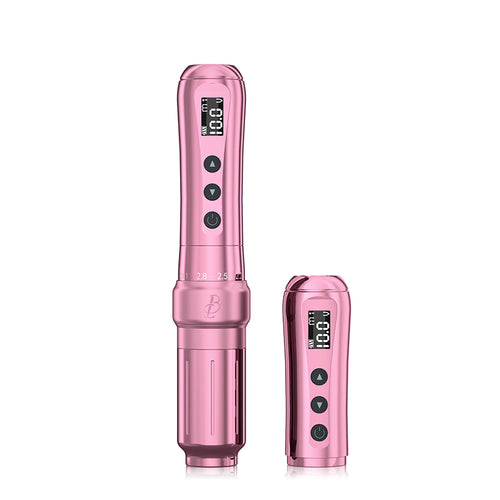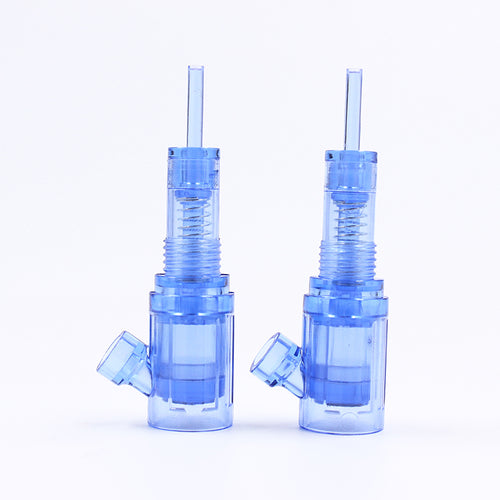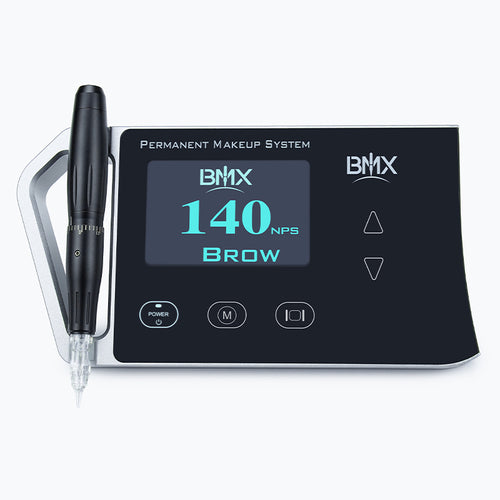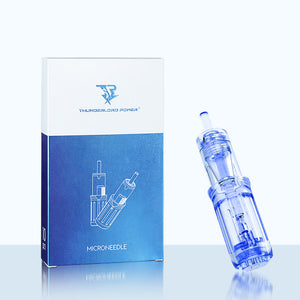At-Home Microneedling vs. Professional Treatments: What's Best for Your Skin?
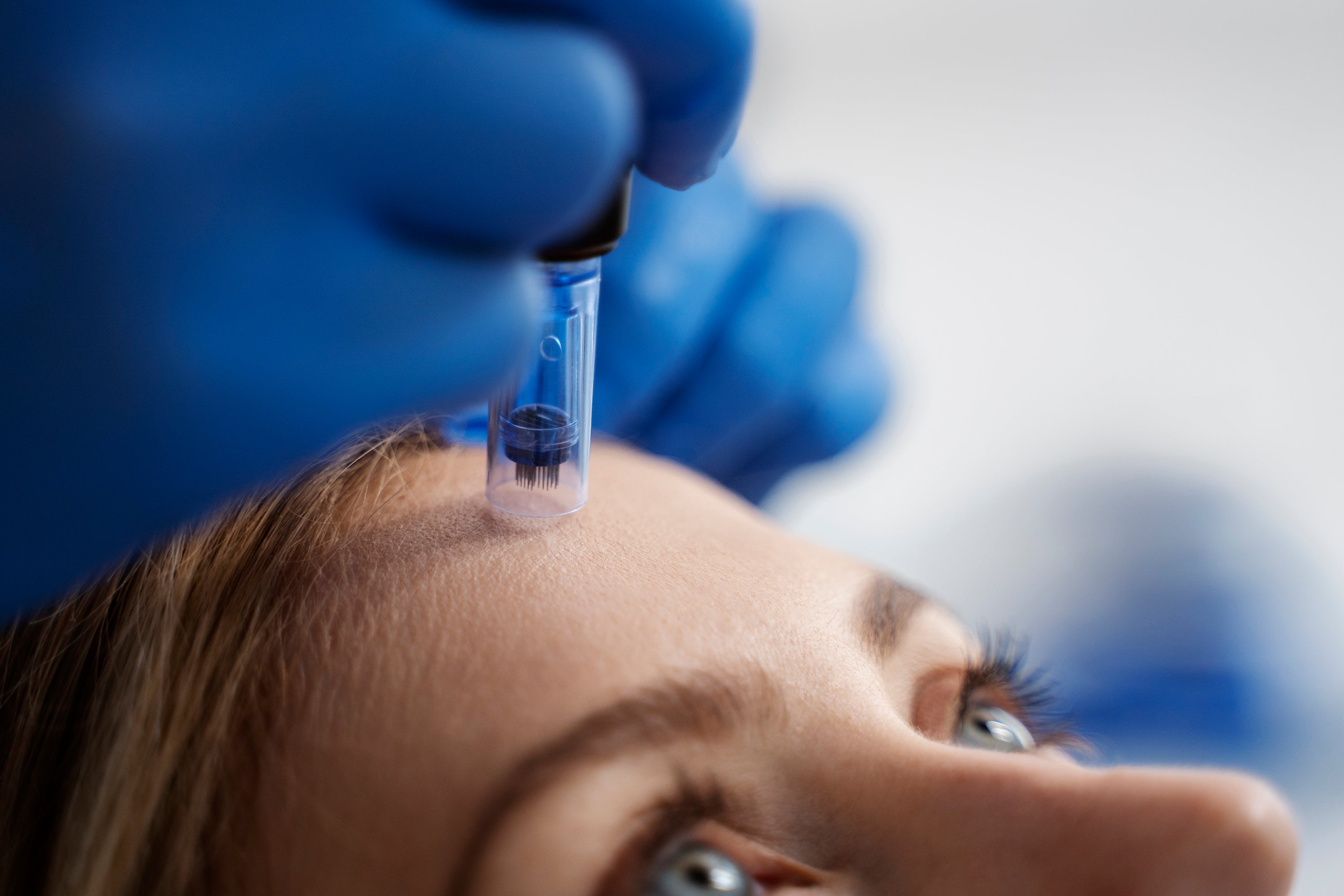
Microneedling is a trendy treatment that's employed to get skin to look new and fresh. Most people wonder if it's also feasible to get such great results at home with an inexpensive device, or if it's worth it to pay to get professional treatments. What follows will take a candid and clear look at both choices. It will help you to decide which path will be ideal both in terms of skin health as well as personal goals.
How Microneedling Rejuvenates Skin
Microneedling science is about healing in a controlled manner. The process is known as collagen induction therapy. Microneedling works in three easy phases to assist in rebuilding your skin.
Phase 1 Inflammation
Once micro-needles touch skin, micro-channels are made, activating your body's natural defence response. Your body immediately reacts by elevating blood flow at that location. That is your initial response in the cascade of healing in preparation of skin renewal.
Phase 2 Proliferation
Next, your skin gets to rebuild. Special cells get a message to start working. They make a lot of new collagen and elastin. They're proteins that make your skin feel firm and stretchy.
Phase 3 Remodeling
This final step is when the real changes happen. Within a few weeks, the new collagen gets firmer. What it does is fill in and blend out scars and fine lines that appear under the skin.
This three-phase healing process is what makes microneedling so versatile in treating such a wide range of skin concerns. But the quality of the results really depends on how it's done.
How At-Home Microneedling Works in Real Life
Doing at-home microneedling involves a specific routine that puts all the responsibility on you. It starts with selecting a device and carries through to the critical cleanup stage. The process requires careful attention to detail at every step.
Biomaser TP010 Wireless PMU Machine Kit - Dual Battery, Swiss Motor, Silent for Brows & Lips
- The Purchase: You start by choosing a device, which is usually a dermaroller or a basic microneedling pen. You'll also have to select a needle size, typically between 0.2mm and 0.3mm, often without professional guidance on what's appropriate for your skin type.
- The Prep: The routine begins with thoroughly cleansing your face. You then have to properly sanitize your reusable device, usually with isopropyl alcohol, hoping you've done enough to make it safe for use.
- The Procedure: Next, you gently roll or stamp the device across your skin. The sensation is often described as prickly or mildly uncomfortable, and it can be tricky to apply the right amount of pressure consistently across your entire face.
- Post-Application: Immediately after the procedure, you apply a hydrating serum, like one with hyaluronic acid. The goal is to take advantage of the temporary micro-channels to help the product absorb a little better.
- The Cleanup: This is the most crucial and often rushed step. You must meticulously clean and properly store the device to prevent bacteria from growing on it before your next session, a step where the risk of future contamination is very high.
The success and safety of DIY microneedling are entirely dependent on your diligence and understanding of the process. Without proper care, the risks can easily outweigh the limited benefits.
Inside a Professional Microneedling Session
A session with a trained professional is a starkly different experience from the at-home version. The entire process is handled in a controlled, clinical environment designed for safety and optimal results. From the initial consultation to the final aftercare instructions, every step is managed by an expert.
- The Consultation: Your appointment begins with a thorough skin analysis by a licensed dermatologist or esthetician. They assess your skin's condition, discuss your goals, and determine if you are a good candidate for the treatment—a crucial step that simply doesn't happen at home.
- The Prep: The professional will double-cleanse and degrease your skin to create a sterile surface. Then, a powerful topical anesthetic, or numbing cream, is applied for 30-45 minutes to ensure the procedure is comfortable and virtually painless.
- The Procedure: For the treatment, the expert uses a medical-grade microneedling machine with a brand-new, single-use sterile needle cartridge. After applying a gliding serum to your skin, they expertly move the pen across the treatment area, adjusting the needle depth and speed to target different concerns on different parts of your face.
- Post-Procedure Care: Once the needling is complete, a calming serum, a cooling mask, or a solution with growth factors is applied to the skin. The session ends with a layer of protective SPF and the provider giving you detailed, personalized instructions for your aftercare at home.
The clinical setting and expert oversight remove the guesswork and risk associated with doing the procedure yourself. This ensures the treatment is not only more effective but also significantly safer.
MTS Microneedling Needles for Unversial Tattoo Machine pen BOX 10 ThunderlordPower
At-Home Microneedling vs. Professional Treatments: 5 Key Differences You Must Know
Both methods use needles, but they are very different in their tools, use, and what they can do. Knowing these five big differences is important if you are thinking about face microneedling.
| Aspect | At-Home Microneedling | Professional Microneedling Treatments |
| Needle Depth & Target | 0.1mm - 0.3mm. Needles only reach the epidermis (top layer). The main effect is slightly enhanced product absorption. | 0.5mm - 3.0mm. Needles penetrate into the dermis (deeper layer). This is necessary to induce new collagen and elastin for true skin remodeling. |
| Device & Technique | Mostly uses dermarollers that create angled channels, which can tear the skin. The technique is based on guesswork. | Uses a medical-grade microneedling pen that creates clean, vertical channels. The technique is precise and controlled by a trained expert. |
| Sterility & Safety | Relies on user-cleaned, reusable devices. This carries a high risk of bacterial contamination, skin irritation, and infection. | Uses single-use, sterile, disposable needle cartridges in a medically sanitized environment, which eliminates infection risk. |
| Customization & Power | A one-size-fits-all approach. The needle depth is fixed and shallow, offering no ability to target specific or deeper issues. | A fully customizable treatment. The professional adjusts needle depth, speed, and pattern to address specific concerns in different areas. |
| Achievable Results | Results are limited to a temporary glow, slight plumping, and better serum penetration. It cannot correct significant textural issues. | Delivers clinically proven, significant, and long-lasting reduction in acne scars, wrinkles, pore size, and stretch marks. |
These points show that professional microneedling treatments are a clinical solution. At home microneedling is more of a minor, temporary boost.
Risks You Might Overlook With DIY Microneedling
DIY microneedling may be appealing, but it has real risks that people often ignore. Issues that arise can translate into skin damage costly and difficult to repair.
Infection
It is the greatest hazard. Reusing rollers, even after soaking in alcohol, does not necessarily render them sterile. Bacteria are too readily introduced into the skin, so that there could be painful inflammation and infection.
Spreading Breakouts
If you roll over an inflamed pimple or even a tiny bump that has not yet surfaced, then you can spread acne-causing bacteria around your whole face. This will cause a much bigger, more intense breakout than what you originally had.
Post-Inflammatory Hyperpigmentation (PIH)
Using too much pressure, a blunt roller, or pulling the device across your skin will hurt more skin than needed. The inflammation will cause overproduction of melanin, which will leave dark spots that will take months to clear, particularly in deeper skin tones.
Scarring
Ironically, a treatment used to treat scars will cause them when it is done incorrectly. An aggressive approach can cause micro-tears in the skin that might leave permanent scars as it heals, exacerbating the original problem.
Contact Dermatitis
When you create micro-channels, you're pushing anything that's currently at your skin's surface further in. If your serum contains irritating ingredients, fragrances, or preservatives, then you can cause a severe allergic reaction or poor contact dermatitis.
These risks also warrant that at home microneedling should be taken seriously. The procedure could be dangerous without the right knowledge.
The Professional Microneedling Advantage
Choosing professional microneedling treatments gives you safety and results you can't get at home. You are paying for an expert's skill and better technology. These advantages lead to better, more predictable outcomes.
You Get Guaranteed Safety
Peace of mind is a significant benefit. In a clinical setting, every tool is either single-use and sterile or has been sterilized using medical-grade equipment like an autoclave. This gets rid of the infection risk and makes sure the treatment is done in the safest way.
You Get a Custom Plan
A professional treatment always begins with a skin assessment. An expert can identify underlying issues, confirm that microneedling is the right choice for you, and create a personalized plan. They can safely treat delicate spots and also work on tougher problems like scars.
You Get Access to Better Therapies
Professionals can add other powerful treatments to your microneedling. They might use:
- Platelet-Rich Plasma (PRP) to help you heal faster.
- Radiofrequency (RF) to tighten your skin.
These advanced options are only available in a clinic and can make your results even better.
When Professional Microneedling Is the Smarter Choice
Certain skin goals and conditions require the precision, power, and safety that only a professional can provide. You should strongly consider seeing a professional in these situations.
- If you want to treat moderate to severe acne scars, including boxcar, rolling, or ice pick scars that create deep textural irregularities.
- If you want to visibly reduce fine lines and deeper wrinkles, especially around the eyes and mouth.
- If you are concerned with skin laxity or a loss of firmness and are seeking a noticeable tightening effect.
- If you have stretch marks on the face or body that you wish to minimize.
- If you have sensitive skin or are prone to hyperpigmentation, a professional can use specific techniques and products to mitigate these risks.
- If you value guaranteed safety and peace of mind and want to ensure you are getting a proven, effective treatment without the risk of damaging your skin.
For anyone serious about achieving transformative results, the clinical path is the most reliable and responsible one. It addresses the root cause of skin issues in a way that at-home methods cannot.
Practical Aftercare Tips for Both Methods
Good aftercare is key to getting good results, regardless of which treatment you choose. Aftercare helps to keep your skin safe and get the best results out of it. After-treatment care should be gentle, nourishing, and protective.
At-Home Aftercare
Once you finish the home microneedling, your skin will be sensitive. In the first 24 hours:
- Only use a soft, non-foaming cleanser and warm water.
- Use a gentle soothing serum that has hyaluronic acid to soothe and hydrate your skin.
- Do not use any actives such as retinoids, vitamin C, or exfoliating acids, and do not get direct exposure to sunlight.
Professional Aftercare
After a professional session, obey your provider's instructions exactly. The guidelines are similar to care at home, although it might take 3-5 days.
- Do not use cosmetics for at least 24 hours.
- Don't do heavy workouts or go swimming.
- You need to use an effective sunscreen every day. Your skin will be highly sensitive to sunlight.
These guidelines keep your skin healing smoothly. They keep your skin safe as well as give you that clear look you want.
Choose Smart Microneedling and Invest in Your Skin Health
Your skin is your longest-lasting investment. What will feel great in a flash at home won't compare to safe, smart decisions. Paying attention to the difference between a temporary, superficial lift and a real, professional treatment makes all the difference. Choose the method that nourishes your skin and provides you with long-lasting, beautiful results that you deserve.
FAQs about DIY vs. Professional Microneedling
Q1: How much does a professional microneedling session cost?
Cost of a professional microneedling session will also depend on a number of factors. Where you live makes a great difference, as it will be pricier in big cities. The provider's experience also matters; a dermatologist, for example, might charge more. When extra treatments, such as Platelet-Rich Plasma (PRP), are included, the cost per session rises.
Q2: What frequency will it take to see results?
The number of sessions needed will depend on what skin problem it is and how severe it is. For a general skin improvement, it might take anywhere from three to four treatments. If treating more substantial acne scars or wrinkles, it might take six or more treatments to obtain the desired look. Treatments are usually four to six weeks apart.
Q3: Can I get microneedling if I also get Botox or fillers?
Yes, it will be possible to get microneedling even if you get injections like Botox or fillers, but timing matters. Usually, at least two weeks after your injections, it's suggested to get a session of microneedling. The wait gives time for your injections to settle in your skin and ensures that the microneedling treatment will in no way affect them.
